Critters and Tools
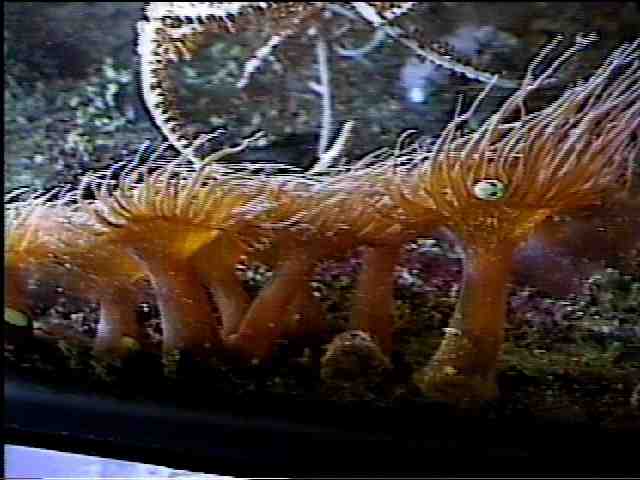
Aiptasia Sea Anemones. When a new reef aquarist sees one of these in their reef tank, they often think it's neat looking and harmless. Then when they are
told to get rid of it, they think it can't be that bad. Then there will be two and the new reef aquarist will find it very interesting how it is reproducing.
Then suddenly they are everywhere stinging the corals and they are then at war with these little harmless looking things. They are so hard to kill that you
can take one out, smash it with a hammer, and stick it back in the aquarium, and it will live. The copper banded butterfly fish do the best job of eating
them up, but they can also eat things you don't want them to eat. See the burgia nudibranch below.
|
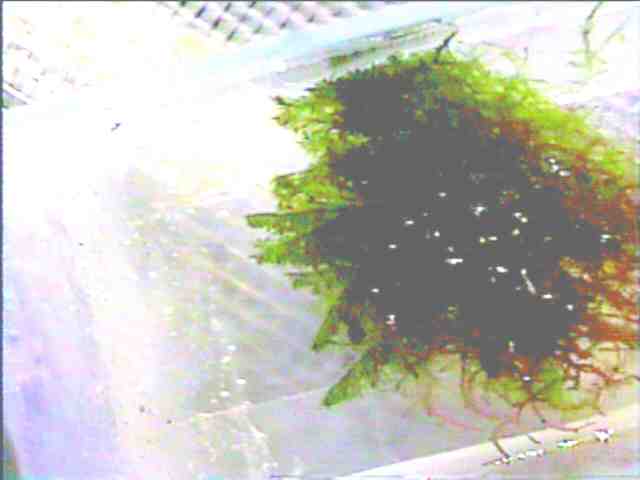
Bryopsis Algae. An algae that most things will not eat. Looking close at it you can see it to have a feathery appearance. Mithrax crabs will eat it and
will also eat bubble algae. See mithrax crab below.
|
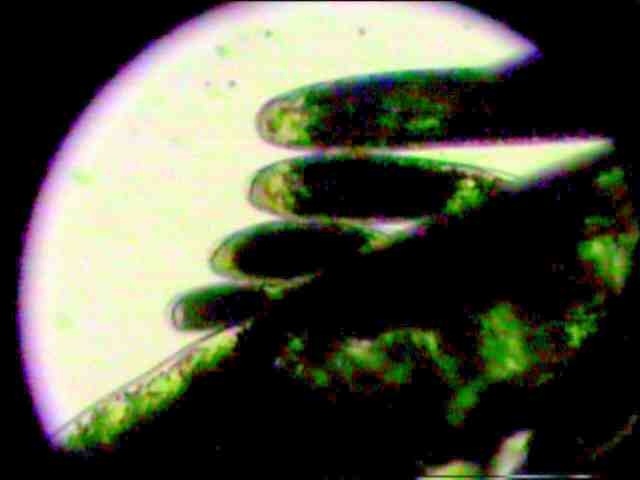
Bryopsis algae under a microscope.
|
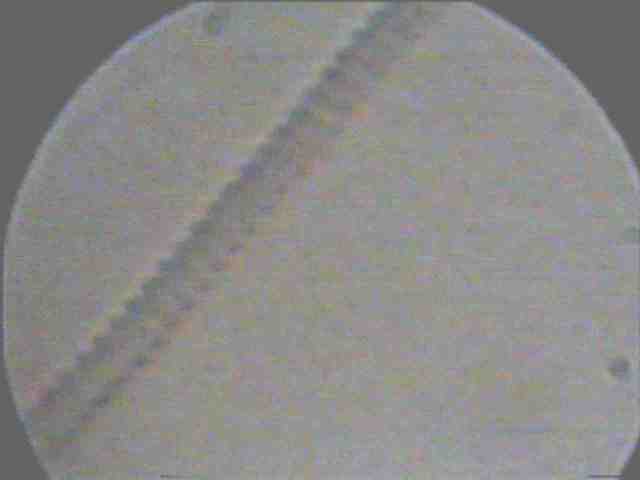
Cyanobacteria. Cyanobacteria used to be classified as a blue/green algae. It has been reclassified as Cyanobacteria, in that it is like half algae and
half bacteria. It wiggles under a microscope like bacteria, but is green and looks to the naked eye like algae, and makes it's own food like algae, but
unlike plants does not need the light. I have found it even growing in dark areas as twisted strands like rope inside tubes of what I believe to be
calcifying bacteria. This "calcifying bacteria" was sent to a lab and identified as coraline algae, but I believe this species to be a calcifying bacteria
rather than coraline algae.
|
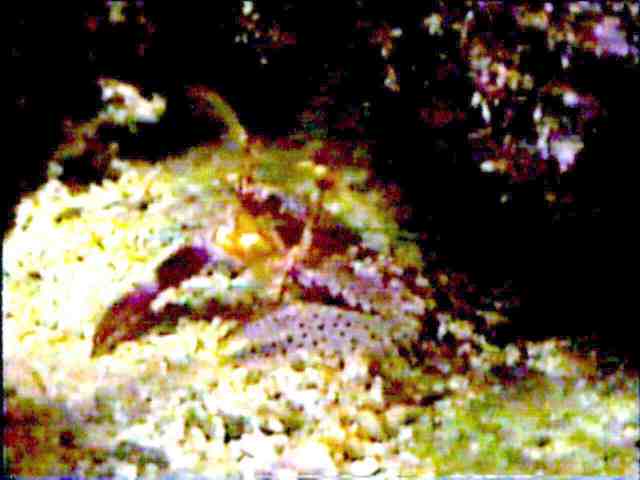
Fan Crab. A completely harmless type of crab. Does best in an environment with good current and good supply of food particles/plankton in the water, as it
has fans that it uses to comb out food from the water.
|
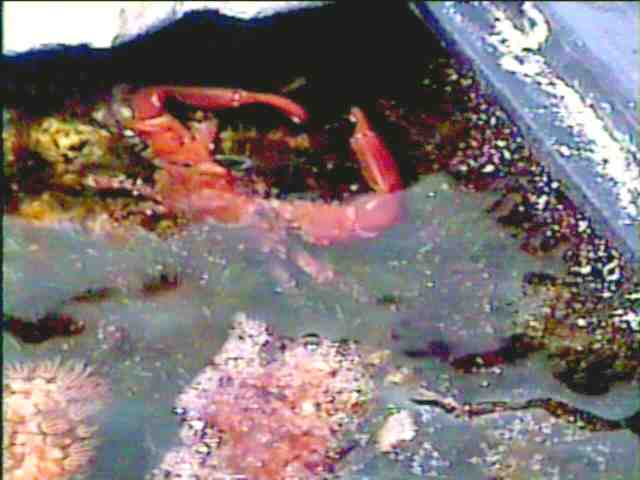
Mithrax Crab. They come in green or red. They eat a lot of algae, even bubble algae and bryopsis algae. But they get big and aggressive.
|
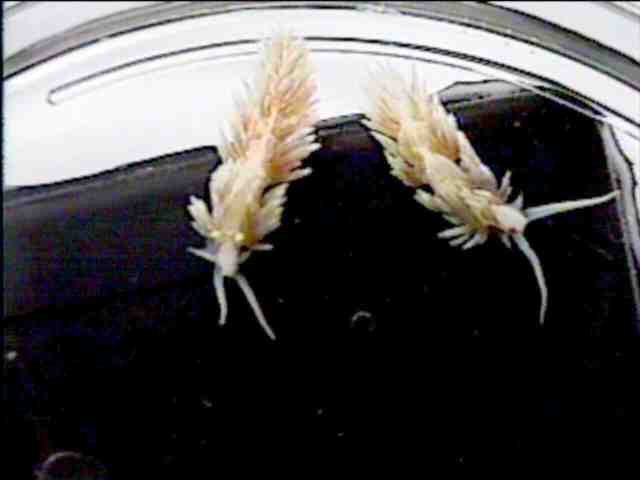
Berghia Nudibranch. It's a harmless sea slug that eats the pesky aiptasia. It is the safest creature for eating aiptasia, as it will not harm anything else, but it
is the most delicate of the aiptasia eating creatures, and will starve if it does not find any aiptasia to eat. They are also easily killed by clown fish
protecting their territory even though the berghia nudibranch will not eat the clown fish anemones. They will never eliminate all of the aiptasia because they
will starve to death before that happens. They are called nudibranch because they have naked gills.
|
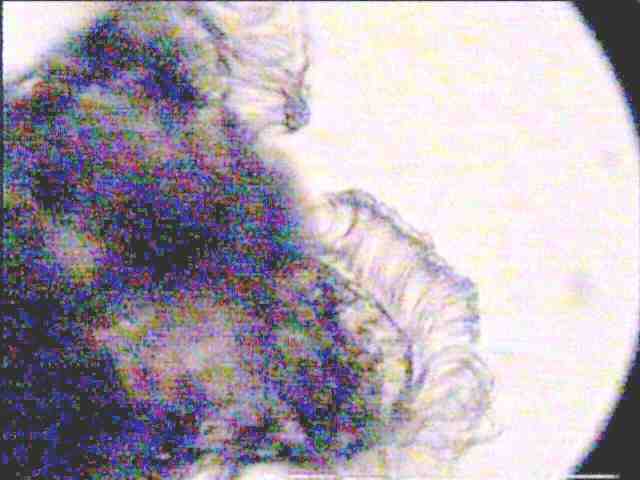
Berghia Nudibranch Larva. They go through a short larva stage after hatching from the eggs. They look like rotifers.
|
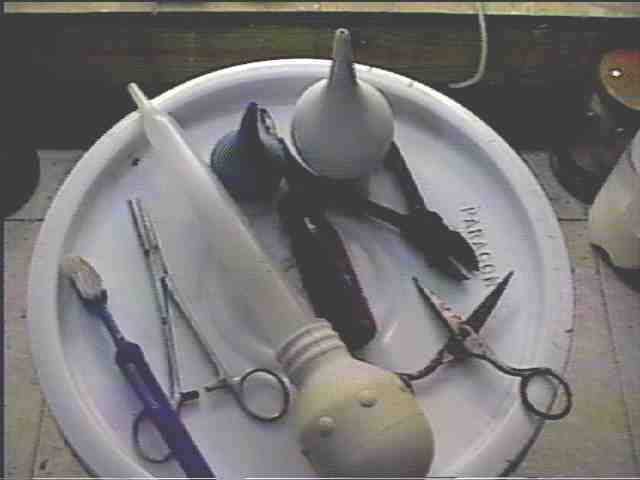
Some handy tools used for a reef tank. Earwax removal bulbs, scissor, wire cutter, tooth brush, hemostat, turkey baster, and flat head screw driver.
|
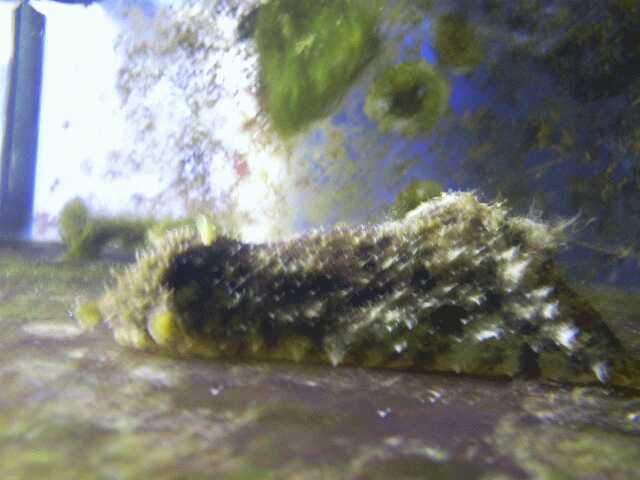
African Sea Hare. This is a sea slug that gets big and eats a ton of algae. They are safe and harmless, but tend to not live long.
|
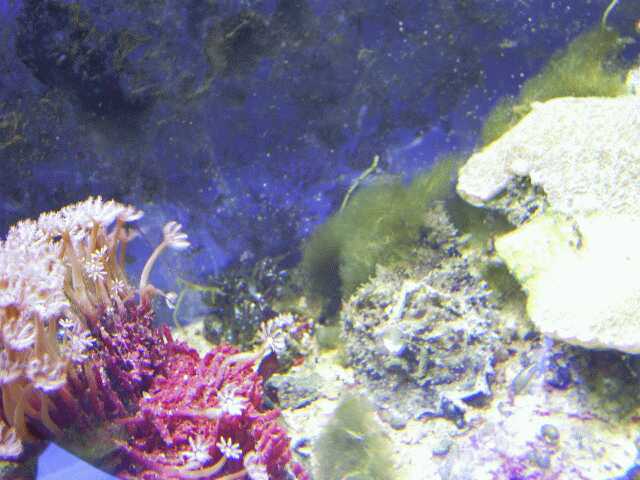
Can you see the African Sea Hare in this picture. They blend in real well, looking like part of the rock.
|
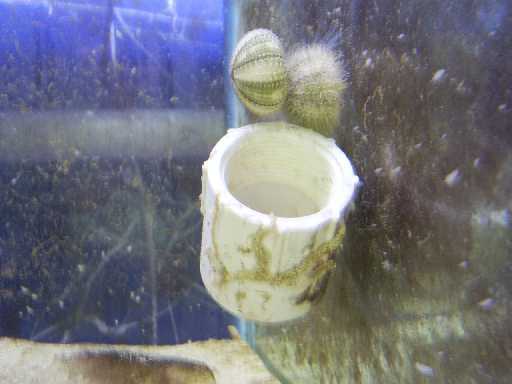
Sea urchin weight lifting. :-) This sea urchin is crawling up the side of the tank, carrying a sea urchin shell, and a pvc pipe fitting.
|
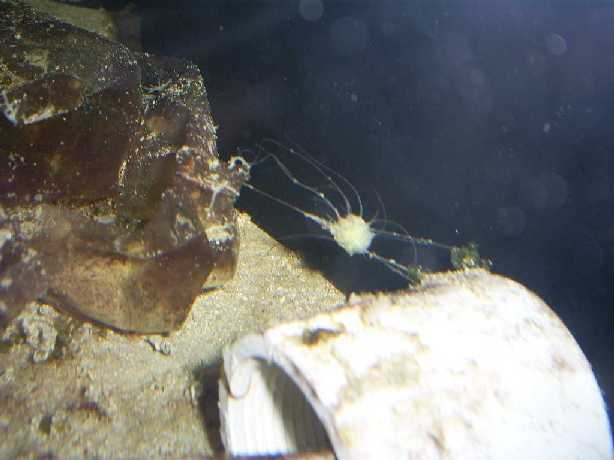
Sponge On The Move. This sponge is jumping from the PVC fitting on the right, to the plastic on the left. It took this sponge most of the day if not
several days to move from the PVC pipe to the plastic on the left.
|
|